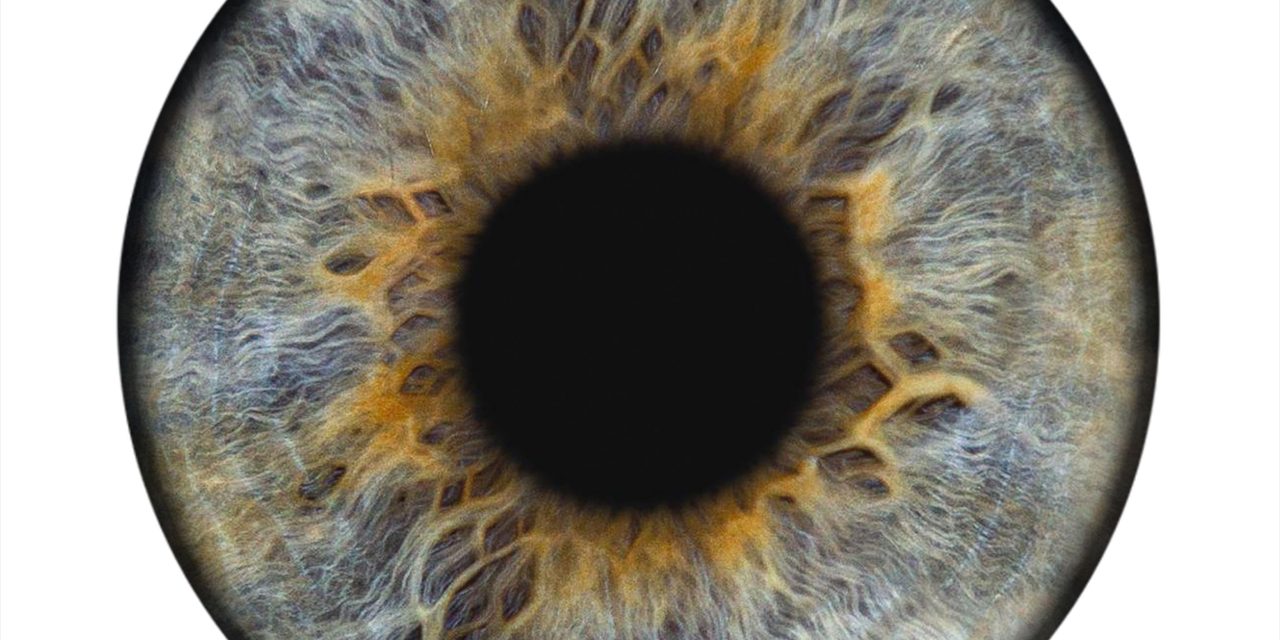The aim of this study was to report the 10-year visual outcome in eyes treated with anti-vascular endothelial growth factor (anti-VEGF) agents for neovascular age-related macular degeneration (nAMD) and to assess the impact of switching treatment as part of routine clinical care.
Electronic records of treatment-naïve eyes initiated on intravitreal ranibizumab between January and December 2009 were accessed. The primary outcome measured was the change in visual acuity (VA) in Early Treatment of Diabetic Retinopathy Study letters. The frequency and reasons for treatment discontinuation during each year of follow-up and the impact of switching from ranibizumab to aflibercept were some of the secondary outcomes.
Of the 223 eyes (203 patients), 60 eyes completed 10 years of continuous follow-up. After a mean follow-up of 121.4 months, VA declined by 5.6 letters (95% confidence interval [CI] -0.25 to -11.1, P = 0.04). Final VA of ≥70 letters was seen in 20% of eyes and 35% had VA ≤ 35 letters. VA gain of ≥10 letters was seen in 23% and loss of ≥10 letters was seen in 40% of the eyes. Twenty-nine eyes remained on ranibizumab monotherapy and 31 switched to aflibercept. Switched eyes showed a visual decline of 7.1 letters (5.5 letters in monotherapy eyes, P = 0.32) and received a significantly higher number of injections (39.6 ± 9.9 vs. 24.4 ± 13.1, P < 0.0001). Patients discontinuing treatment were older and had lower baseline vision compared to completers.
VA declined below the baseline after 10 years of follow-up and switching did not have any effect on the final visual outcome.
Ten-year outcome of anti-vascular endothelial growth factor treatment for neovascular age-related macular degeneration.


